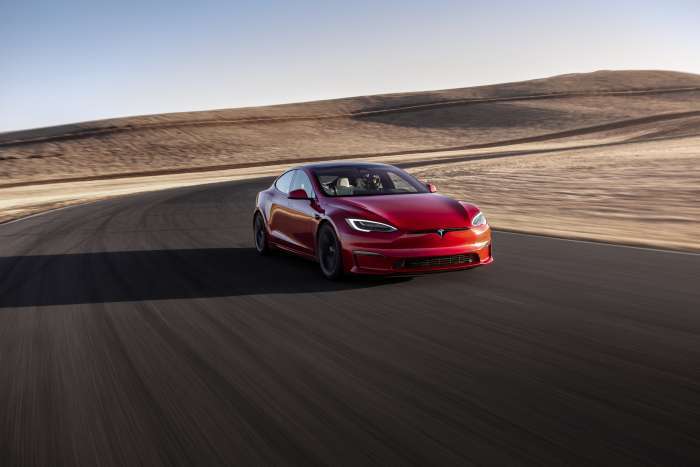The project, which will power a public electric bus, will be carried out in the city of Balingen in two phases. In a first phase, a 400-meter long route will be deployed with two static charging stations. In the second phase, the electric track will be extended by another 600 meters. For this, Electreon will receive up to 3.2 million euros with the mission of deploying the dynamic and static wireless charging infrastructure.
The project in Balingen is the result of a successful pilot project carried out by Electreon in the city of Karlsruhe in collaboration with EnBW, Germany's leading provider of charging infrastructure for electric vehicles. In this pilot completed in Karlsruhe, an electrified highway was installed that fed a local public bus at rush hour at the EnBW training center.

The technology developed by Electreon is based on the transmission of electric energy through the air between two coils. The coils are located in the tracks and the vehicles, and the electric energy is transmitted without physical contact. This system has numerous advantages in comparison with the typical static charging. It is more efficient, faster and, above all, allows vehicles to be charged while they are in motion.
It is expected that this project will provide an important boost to the adoption of electric vehicles in Germany and around the world. Wireless charging on public roads is emerging as a viable solution for replacing fuel-powered vehicles in commercial fleets, and the success of this project will demonstrate the viability of wireless charging for fleets of electric vehicles.
Dr. Maximilian Arnold, who oversees the project in EnBW's research division, looks forward to the timely implementation of the project: "The project in Balingen shows how innovatively and consistently we are promoting electric mobility in Germany".
"We have a holistic approach and we want wireless charging to be technically suitable for German public transport", he explained in a statement collected by Business Wire. "This also includes convincing authorities, power grid operators, bus operators and the general public of the opportunities".

For Dr. Andreas Wendt, CEO of Electreon Germany GmbH, "the aim of this project is not only to open wireless charging to the public in Germany", but "other significant aspects include the development and use of a tool that will help public transport planners to know where to install the inductive infrastructure for a specific city or region”.
“We have already shown how effective, safe and easy to implement wireless dynamic charging is. We hope this is the start of many more projects on public and private roads in Germany". Electreon's electric road system, known as ERS, uses electromagnetic coils embedded in the road to transmit power to electric vehicles as they drive above them.
This allows licensed EVs to dynamically charge while on the road, meaning they don't need to stop to recharge their batteries. Wireless charging technology has the potential to revolutionize the way electric vehicles are used and can be a key solution in driving mass adoption of electric vehicles.
Say goodbye to large batteries, range anxiety and time wasted waiting for an #EV to charge
We have installed our road in #Sweden; the world’s first #wireless road for #charging a bus and a truck at the same time!
Watch for more information: https://t.co/Tx3Xs8xRHS— Electreon (@Electreon) December 28, 2022
Additionally, by eliminating the need to stop to recharge batteries, wireless charging technology can improve the efficiency and convenience of electric vehicles and make them more attractive to drivers. The truth is that the Electreon project in Balingen is an important first step towards the use of wireless charging technology in urban public transport in Germany.
In collaboration with EnBW and the Karlsruhe Institute of Technology, Electreon wants to demonstrate that wireless charging technology is technically suitable and economically viable for public transport, and that it has the potential to revolutionize the way we use electric vehicles on the road in the future.
Source: electreon
All images courtesy of Tesla Inc.
Nico Caballero is the VP of Finance of Cogency Power, specializing in solar energy. He also holds a Diploma in Electric Cars from Delft University of Technology in the Netherlands, and enjoys doing research about Tesla and EV batteries. He can be reached at @NicoTorqueNews on Twitter. Nico covers Tesla and electric vehicle latest happenings at Torque News.












Comments
Electreon has plenty of
Permalink
Electreon has plenty of images available regarding their technology that would complement this article very well. So sad to see this article which has NOTHING TO DO WITH TESLA, littered with fan-boy images.